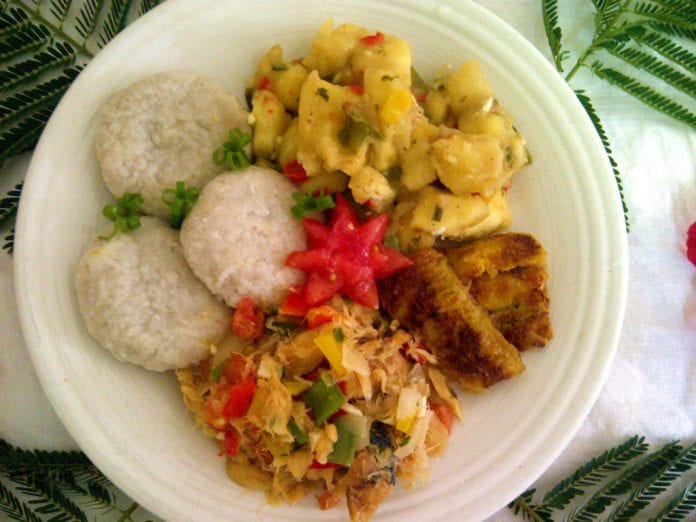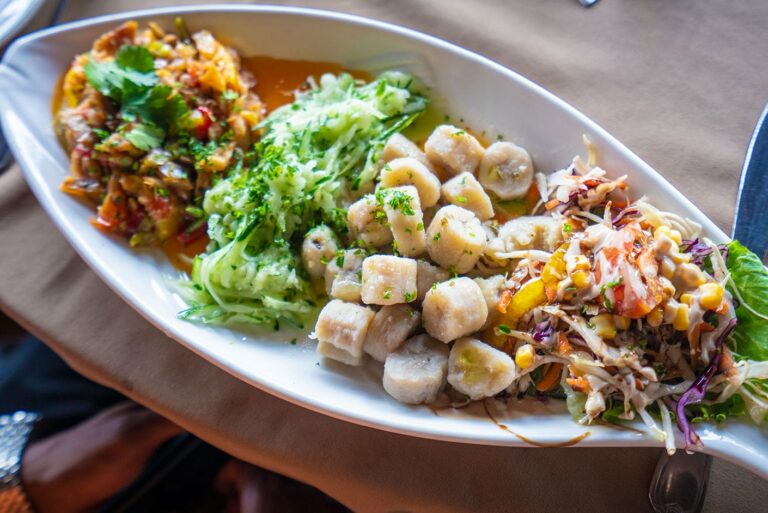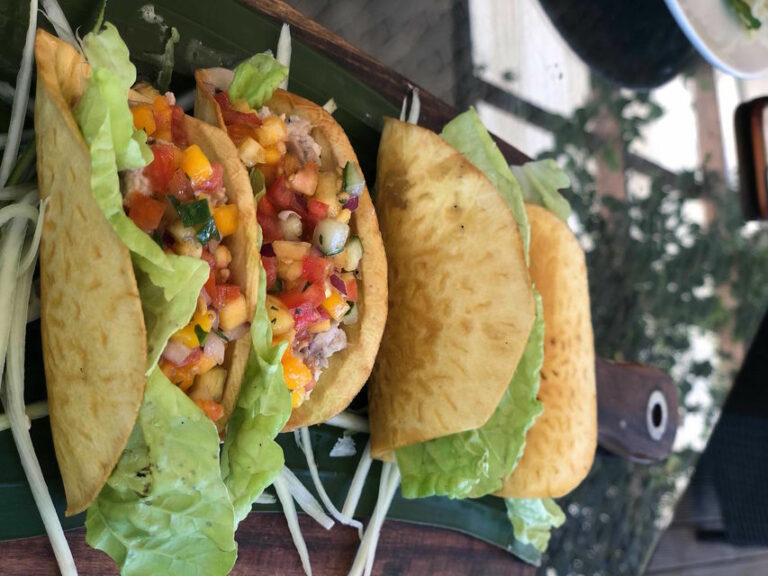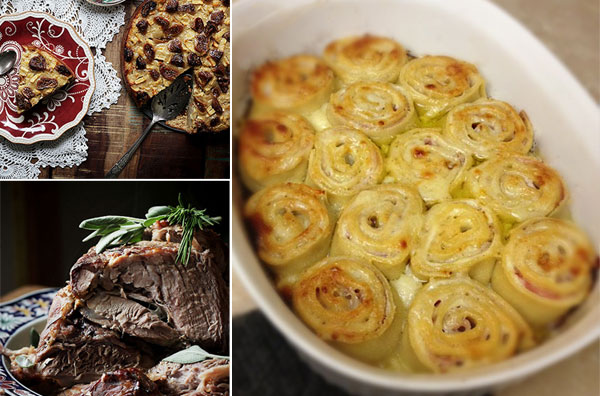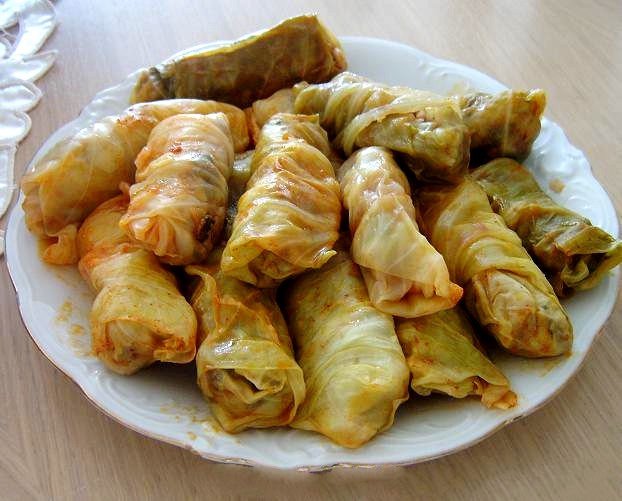Introduction to Saint Kitts and Nevis cuisine
Saint Kitts and Nevis is a small island nation in the Caribbean that boasts a unique cuisine that is influenced by African, British, French, and Indian traditions. The country’s cuisine is characterized by seafood, tropical fruits, and spices. The flavors and spices used in the dishes are heavily influenced by the country’s history of colonization and trade.
Traditional dishes of Saint Kitts and Nevis
Some of the traditional dishes of Saint Kitts and Nevis include goat water, which is a spicy stew made with goat meat, breadfruit, and various spices. Another popular dish is saltfish and dumplings, which is made with salted cod and boiled dumplings. The national dish of Saint Kitts and Nevis is called “pelau,” which is a one-pot dish consisting of rice, chicken, pigeon peas, and various vegetables and spices.
Regional specialties of Saint Kitts cuisine
One of the regional specialties of Saint Kitts cuisine is conch stew, which is made with conch meat, tomato, onion, and various spices. Another regional dish is spiny lobster, which is a popular seafood dish found in many local restaurants. Additionally, goat curry is a popular regional dish that is made with goat meat cooked in a spicy curry sauce.
Regional specialties of Nevis cuisine
Nevis cuisine is known for its seafood dishes, particularly grilled mahi-mahi, which is served with a variety of sides, including plantains, rice, and beans. Another regional specialty is coconut dumplings, which are made with grated coconut, flour, sugar, and spices. Additionally, Nevis is known for its fresh juice, which is made with a variety of tropical fruits, including guava, passion fruit, and mango.
Top recommended regional dishes to try
If you are visiting Saint Kitts and Nevis, some of the top recommended regional dishes to try include goat water, saltfish and dumplings, pelau, conch stew, spiny lobster, goat curry, grilled mahi-mahi, and coconut dumplings. These dishes are all uniquely flavorful and will give you a taste of the local cuisine.
Where to find the best regional cuisine in Saint Kitts and Nevis
The best places to find regional cuisine in Saint Kitts and Nevis are local restaurants and street food vendors. Some popular spots to try are restaurants like Sprat Net in Basseterre, which serves up delicious fresh seafood, and the Island Paradise Beach Bar and Grill in Nevis, which is known for its grilled mahi-mahi. Additionally, there are several food festivals throughout the year where you can try a variety of dishes from different vendors.

